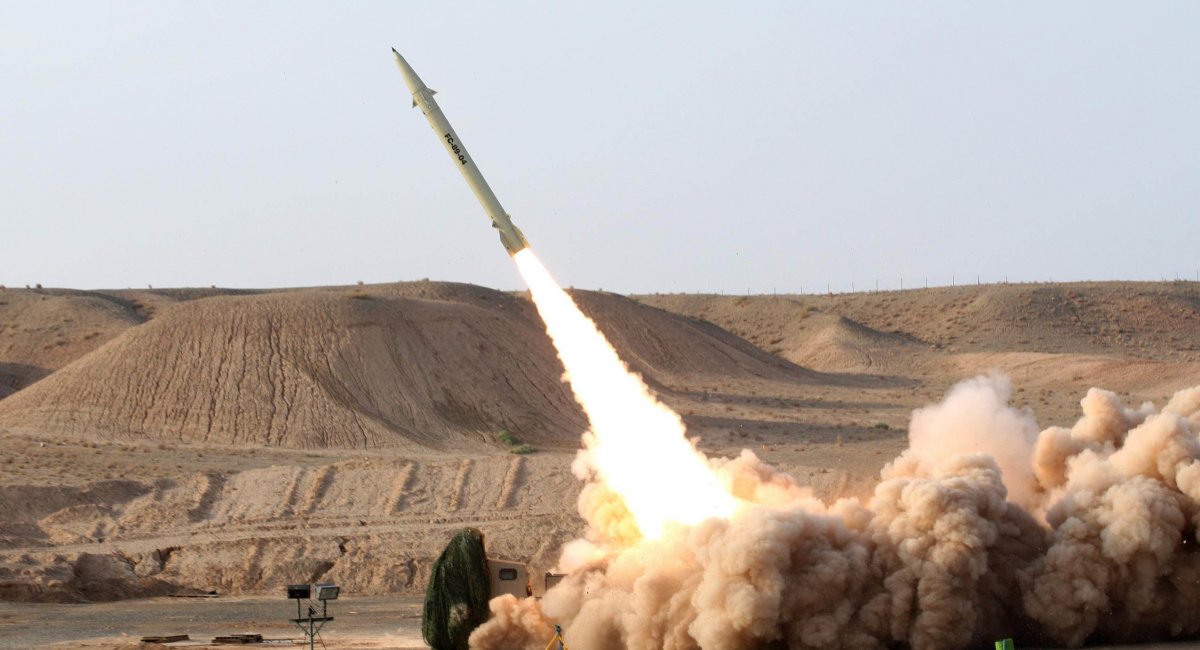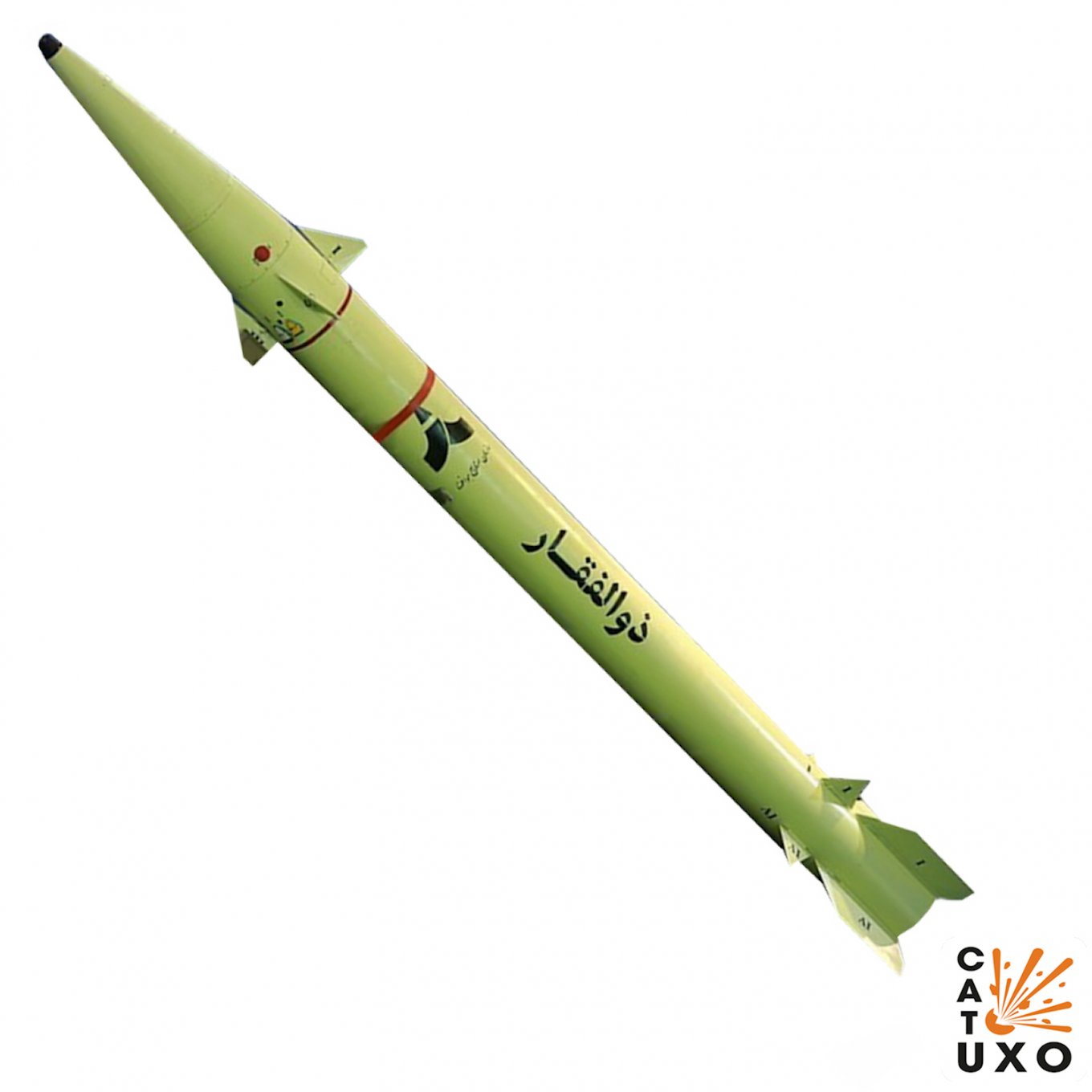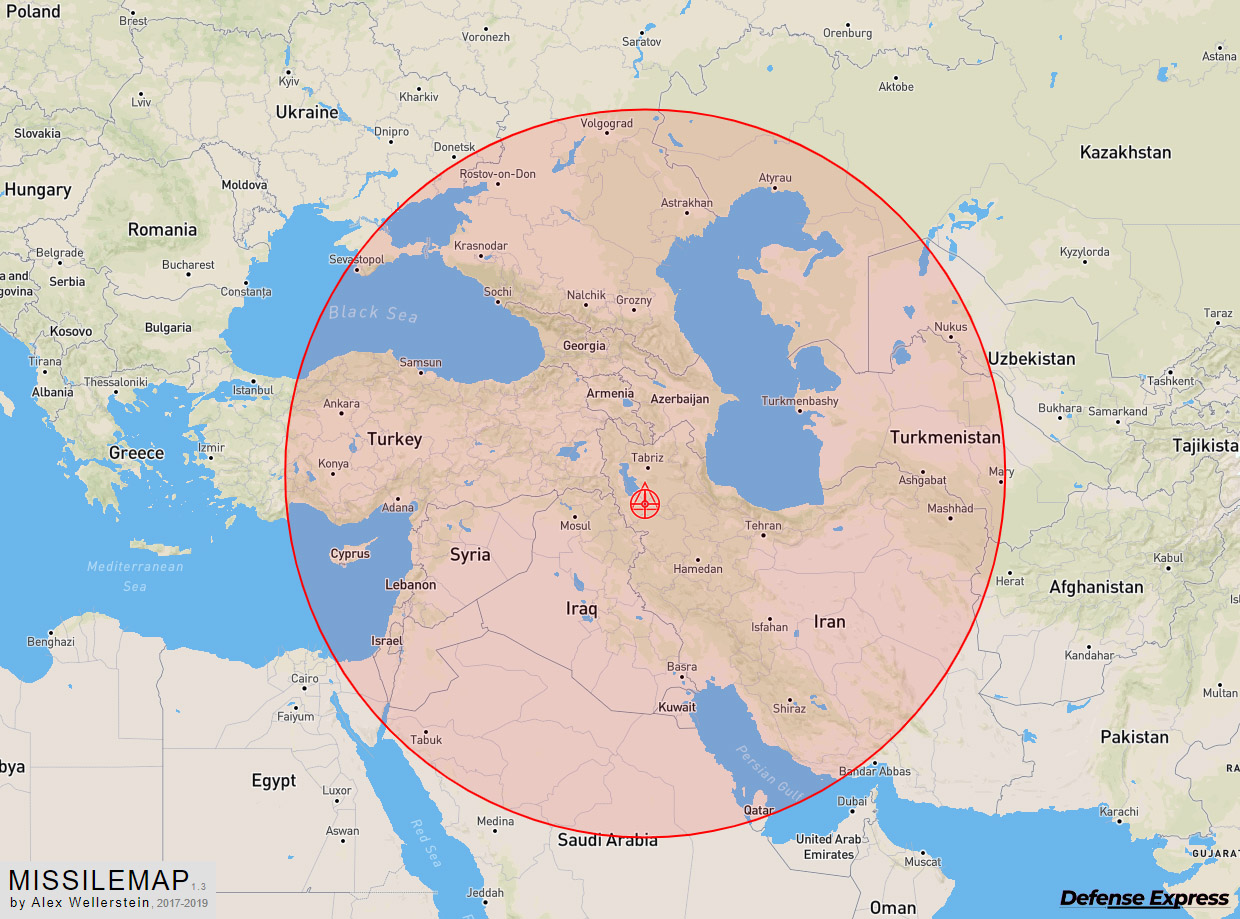
Iran demonstrates its “hypersonic” Fattah missile: Israel is the target, and Russia is involved
The new missile is visually similar to the Fateh-110, which is a direct descendant of the Soviet Luna-M from the 1960s, but has a second stage with an engine
After Iran announced the arrival of a “hypersonic” missile in the country’s arsenal, which is better than the Russian Kinzhal and Zircon missiles according to the declared parameters, the Islamic Revolutionary Guard Corps demonstrated its testing.
The video, which was published with extensive use of computer graphics, shows the launch of a missile called Fattah, which is visually similar to the Fateh-110 and missiles based on it such as the Zolfaghar. It should be noted that they, in turn, are derived from the Soviet Luna-M missile.
The missile is launched from the ground, and has two stages with, according to the statement, solid fuel engines. Separately, Iran demonstrated the operation of the second stage engine at the stand, showing that it is equipped with a thrust vector. The latter is necessary to ensure maneuvering.
The declared maximum speed is 13-15 Mach, which is higher than the capabilities of the Russian Kinzhal (declared at 12 Mach) and Zircon (declared at about 9 Mach). At the same time, this speed is achieved with a ground launch, of course, if we believe the statements from Iran, whose weapons compete in the world in terms of analogousness only with those from Russia and the DPRK.

Israel has already been named as a target for the Fattah missile, with reports that the missile has a flight time of only 400 seconds. The maximum range of the Fattah is 1400 km.

Of course, it is noted that this missile, due to its speed and maneuverable warhead, can penetrate any missile defense.
At the same time, it is highly likely that Russia was involved in the development of Fattah. The issue of materials that can withstand the high and prolonged temperature loads associated with flying at Mach 13-15 is quite complex. As well as high-efficiency solid fuels, and miniaturization of control and thrust vector management systems. And given that Russia and Iran cooperate with each other in numerous military projects, the source of these technologies is quite obvious.

